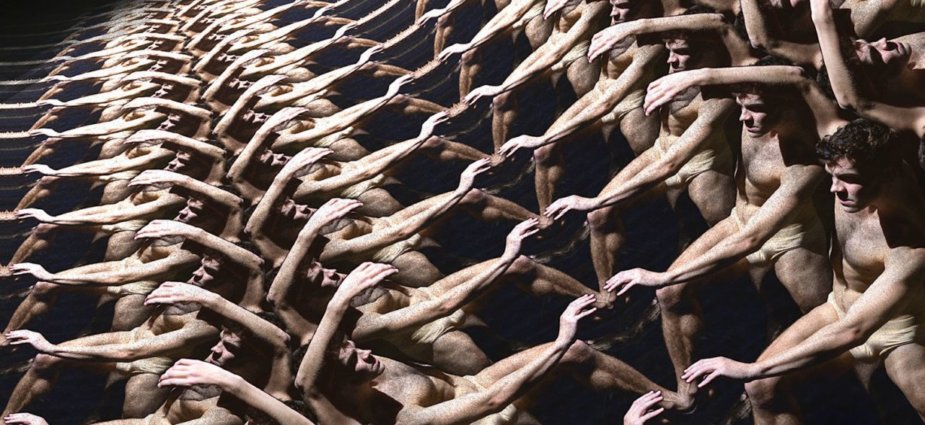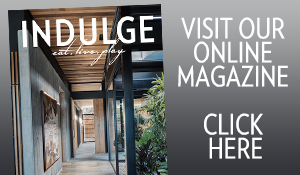What happens when a computer has creative control of six dancers? The theatre darkens and the lights come up on a performance that is completely unknown – for not just the audience, but the dancers too.
Welcome to Forgery, where a complex series of algorithms and cutting-edge technology dictate each performance – a show that’s directed entirely by computer and is different every single performance. Developed by award-winning Australian dancer, sound designer, choreographer and creative coder, Alisdair Macindoe, the six renowned Australasian Dance Collective dancers will be fed instructions live on stage. The program’s algorithms are also in charge of lighting, costumes and music.
From opening night to closing, every show will be completely unique. For ADC’s world-class company artists, it’s dance without a safety net. “Standing in front of hundreds of people who are expecting a performance, with no idea about what you are going to do is probably one of the hardest things a performer can do,” Macindoe says. “That’s probably why I find Forgery so exciting and challenging. But I have always felt that contemporary dance lends itself well to processes that ask the artists to grow and flex around a concept that expands on what dance can be. I think there is a shared love and hate for the idea, as it presents as simultaneously freeing and completely impossible at the same time.
“The ADC dancers are exceptional artists, who literally are able to create new works on the spot. I am baffled by the flexibility of their minds, their ability to intuit a collective intention and their skills as trained movement experts.” While it is equal parts terror and excitement for the dancers, Macindoe says it will also be an adventure for Brisbane Festival audiences.
Forgery was developed in late 2020, while Melbourne-based Macindoe was enduring more than three months of lockdown. However, with the algorithm in charge of the choreography, the ADC dancers only needed a computer in the Brisbane studio with them, not an in-person choreographer. Macindoe simply watched rehearsals via zoom and let the computer do the rest. “I was lucky to have an already established interest in programatic dance making, so adapting to COVID was quite seamless,” he admits.
Readers also enjoyed our story about Fiona Foley QUT Art Museum










